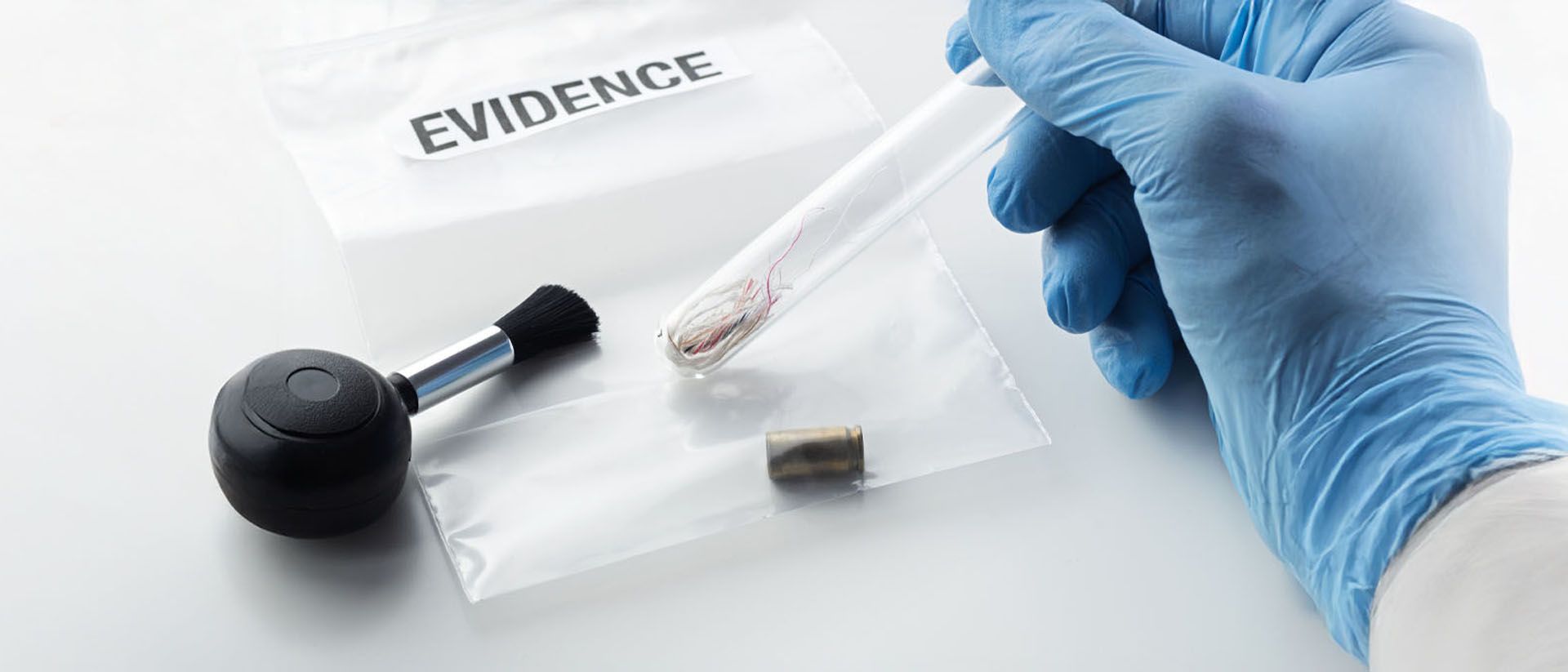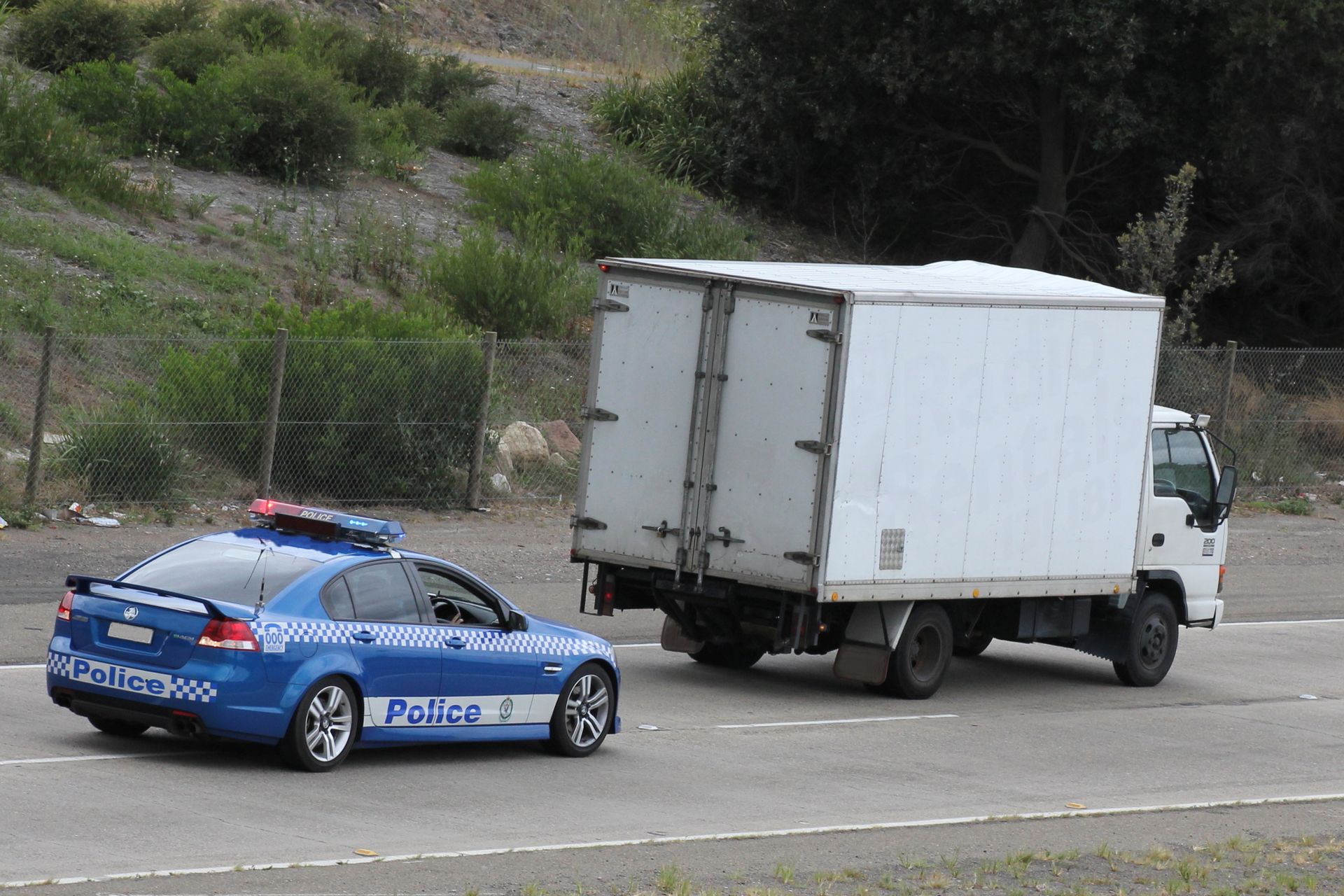Expertise
Assault
SPEAK WITH AN ASSAULT LAWYER IN WOLLONGONG
Criminal Law Specialists
Experts in all criminal matters including assault, affray, theft, fraud, murder, traffic offences, drink driving, drug offences, and much more.
24/7 Criminal Law Advice
We are available across Wollongong and the Illawarra region 24 hours a day, 7 days a week to advise you on your case —
and our first consultation is free!
Top-Tier Team
Our criminal law team is guided by a former police officer and senior police prosecutor with unrivalled knowledge of court procedures.
Extensive Experience
With many years of experience in courtrooms, we run a majority of our summary matters without the costly alternative of briefing barristers.
Here To Help
Are you facing an assault charge? If convicted, you are up against some very serious potential consequences. Kells' assault lawyers in Wollongong are available 24/7 to help navigate your charges, advise you on your rights and prove your case.
How Can Our Criminal Lawyers Help?
Being charged with a criminal offence like assault can be a horrifying experience, especially when you stand to lose your freedom. The stakes are too high to leave your legal representation to anyone.
At Kells, our criminal law team has extensive experience in handling all types of criminal offences, including assault. With us on your side, we will vigorously protect your rights and defend your case to get you the best possible resolution. Call our criminal team today for the best legal advice in Wollongong.
What do I do if I am charged with assault?
Assault covers a broad range of offences, from merely touching a person to murder. Offences that can be charged under the banner of “assault”:
Other factors to consider
Get Expert Criminal Law Advice
If you would like to discuss your matter with our criminal law team, please get in touch. We are available 24/7 to help you and offer a free initial consultation.
Related Articles
Speak to a Criminal Lawyer
We’ll stand by you and protect your rights every step of the way—no matter the charge.













